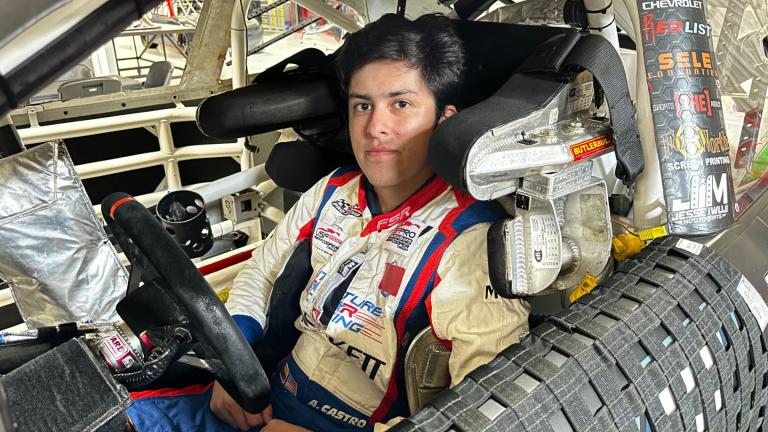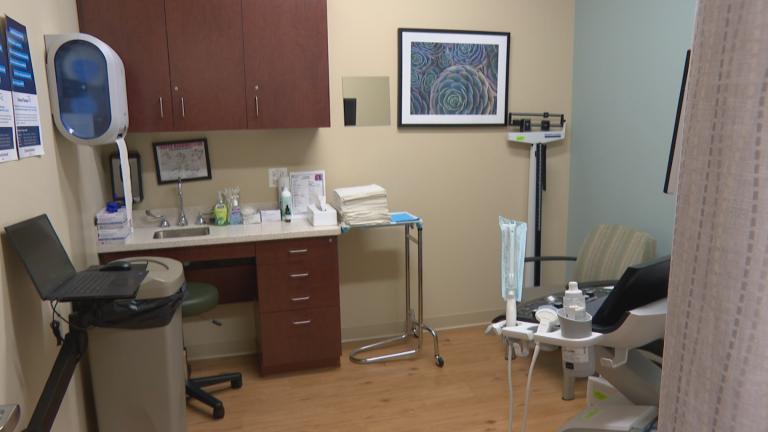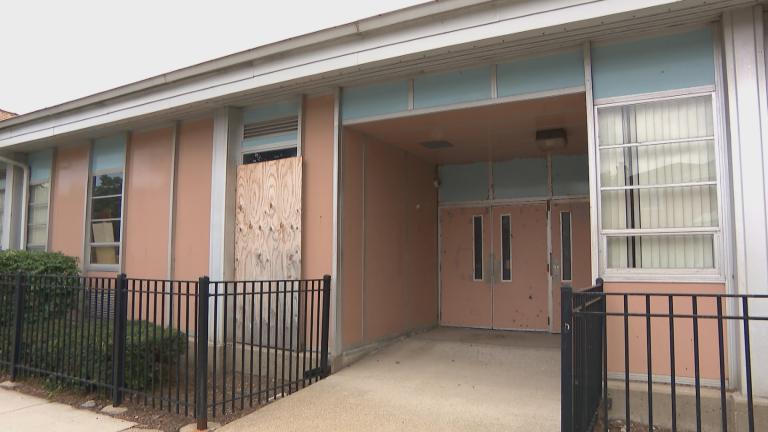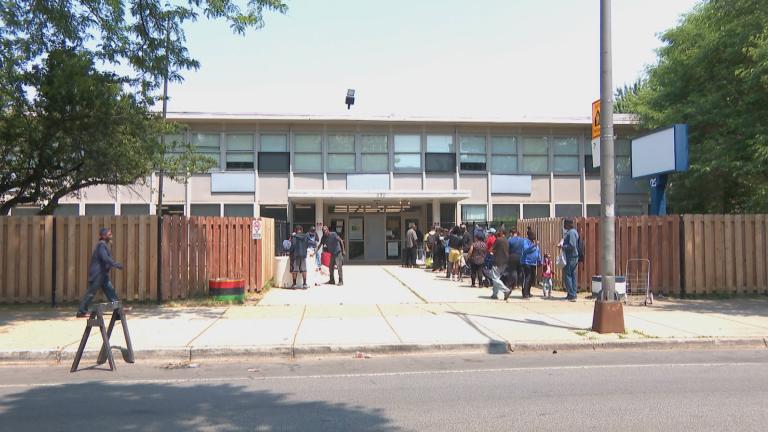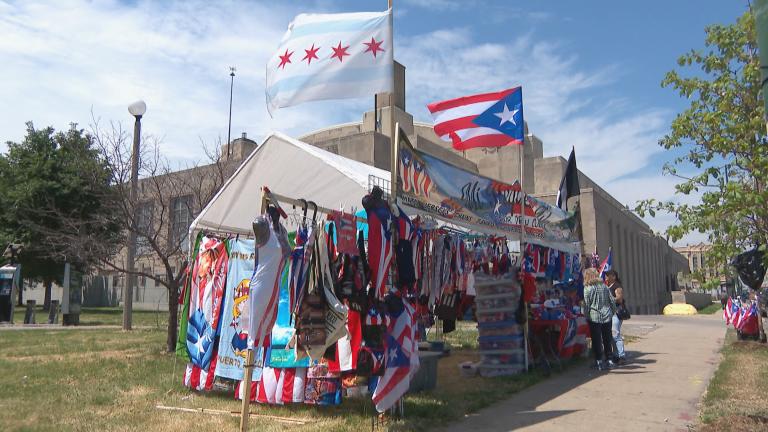“Chicago Tonight” is hitting the streets to speak with your neighbors, local businesses, agencies and leaders.
In 2003, the city set out on an ambitious plan: to prepare downtown for the 21st century.
Now, decades after the plan was released, the city is revisiting it to address current Chicagoans’ needs.
“We’re striving to make downtown equitable, more resilient, more inclusive,” said Cindy Roubik, the deputy commissioner for Chicago’s Department of Planning and Development.
Interactive map: More from our community reporting series
The Central Area Plan was a vision for how to develop downtown transit and green spaces and to promote economic success over the next 20 years.
Among the boasts written in black and white: “This is no little plan. This is a plan for urban greatness.”
Two decades have passed, and now the city wants to revisit the design.
Kiana DiStasi, chief marketing and communications officer with the Chicago Loop Alliance, said this update will allow for more community input about downtown.
“The way people are utilizing these areas — there has to be input from all areas of Chicago,” DiStasi said.
According to the city, the 2003 plan was the first since the late 1950s.
It aimed to make improvements to all of downtown Chicago, from adding transit stops to creating more parks.
Some of the visions came to be, like the development of a park on Northerly Island, which was previously used as the site of Chicago’s second World’s Fair, then an airport that Mayor Richard M. Daley ordered to be destroyed under cover of darkness.
Other green space aspirations still haven’t come to fruition, such as DuSable park at the mouth of the Chicago River — which has gone through development woes for decades.
For DiStasi, the creation of the theater district was a major benefit that came out of the last Central Area Plan.
“The theater district is a huge asset to Chicago,” DiStasi said. “With this asset we have over 30,000 people who can fill those theaters. That has an economic impact every year of over $2 billion.”
But what the plan’s drafters weren’t thinking about in 2003 is the downtown as a growing residential area.
“The Loop is becoming a booming residential community,” DiStasi said. “We actually have the fastest growing downtown in the U.S. Despite the fears during the pandemic, the loop actually grew by 10%.”
DiStasi said what the city needs to incorporate this time are residents’ desires for more green spaces and access to grocery stores.
Affordable housing is a priority, Roubik said. Chicagoans should be able to live and work in the same area, she added.
Roubik pointed to the LaSalle Street Reimagined plan in the works that wants to create mixed-income residential uses. Mayor Lori Lightfoot picked three developers in March to launch the effort to transform the Financial District.
For both residents and visitors to downtown, transit reliability and safety needs to improve, said David Powe, director of planning and technical assistance for the Active Transportation Alliance.
“We’ve seen buses plummet in reliability and their on-time performance in the last 20 years,” Powe said.
The alliance recently started providing feedback to the city about what an updated Central Area Plan could look like.
“The safest version of the Loop will include safer intersections for pedestrians and cyclists, concrete protected bike lanes and slower cars all across the downtown area,” Powe said.
Next Thursday, the city is holding a webinar for residents to learn how they can participate in the planning process.
It’s a move DiStasi said is essential.
“There needs to be an emphasis that our central area is accessible and equitable with all Chicagoans,” she said.
This is the first step to create the ability to go after available funding and figure out how to work with local alderpeople, other city departments and community groups, Roubik said.
“It’s going to take all of us to do this,” Roubik said.
“Chicago Tonight” is expanding its community reporting. We’re hitting the streets to speak with your neighbors, local businesses, agencies and leaders about COVID-19, the economy, racial justice, education and more. See where we’ve been and what we’ve learned by using the map below. Or select a community using the drop-down menu. Points in red represent our series COVID-19 Across Chicago; blue marks our series “Chicago Tonight” in Your Neighborhood.Community Reporting Series


